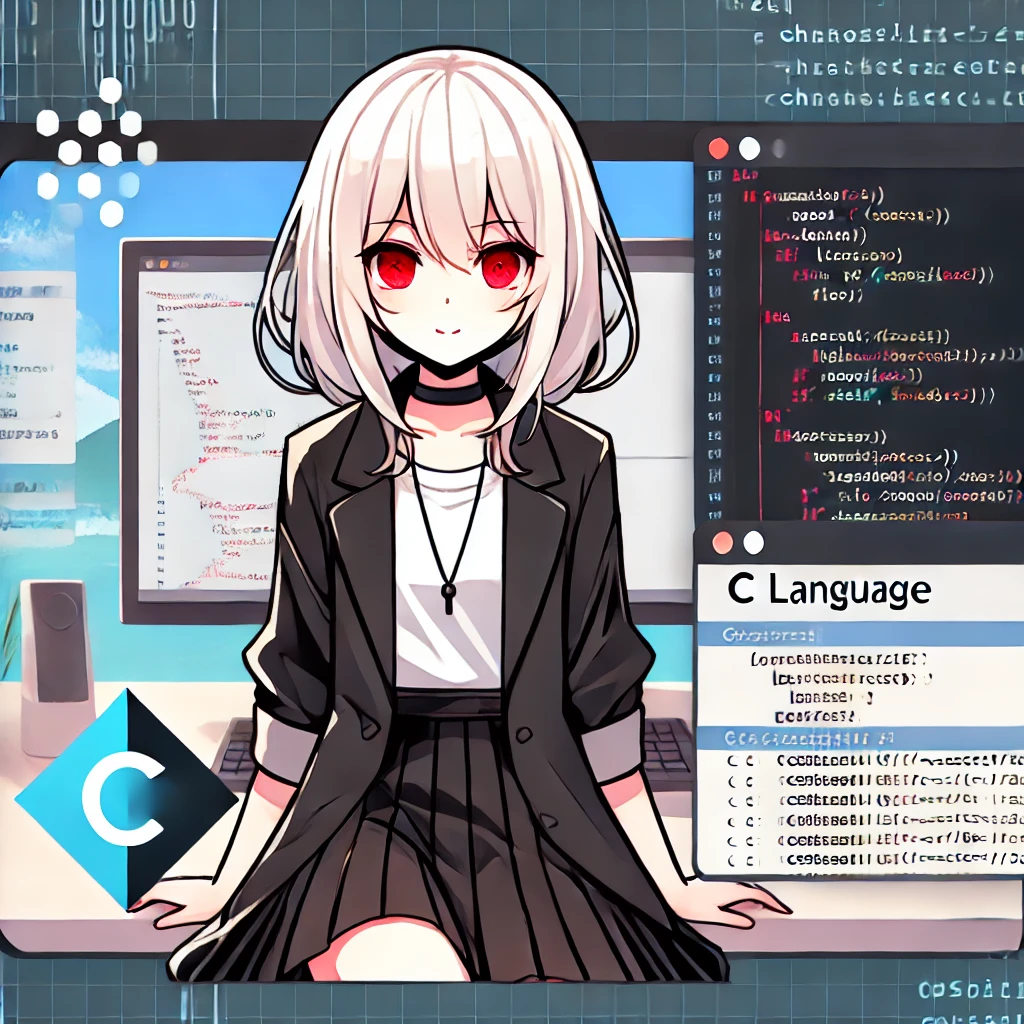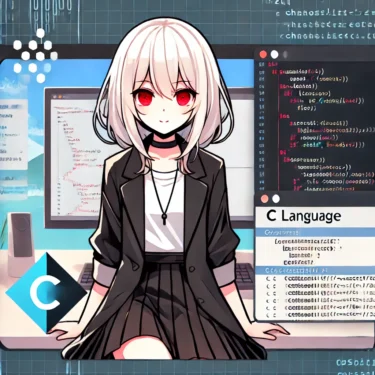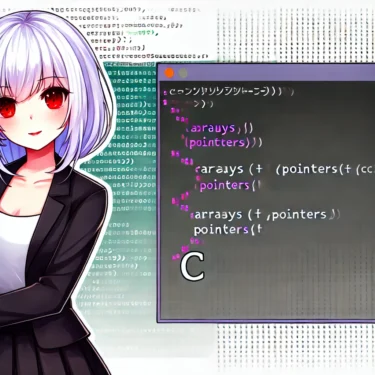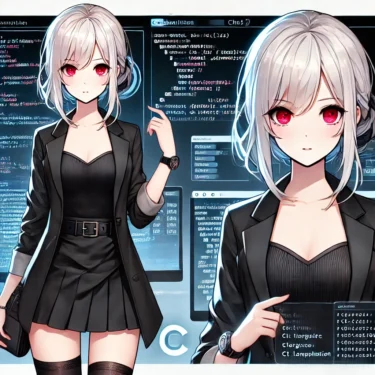- 1 1. Overview of C Language Libraries
- 2 2. Types of C Libraries and How to Choose
- 3 3. Steps to Create a C Library
- 4 4. How to Link C Libraries
- 5 5. Managing and Maintaining C Libraries
- 6 6. Frequently Asked Questions (FAQ)
- 7 7. How-to Guide: Creating and Linking Libraries
- 8 8. Summary and Recommended Reading
1. Overview of C Language Libraries
In the C programming language, libraries are essential components that greatly contribute to code reusability and program efficiency. This article explains the fundamentals of libraries in C, from basic concepts to specific creation steps, linking methods, and operational management. By understanding the differences between static and dynamic libraries, you can utilize your code more efficiently.
Roles and Benefits of C Libraries
A C library is a collection of frequently used functions or processes organized into a reusable format. Using libraries offers the following advantages:
- Improved Code Reusability
You no longer need to repeatedly write the same code, which reduces code volume. Additionally, reusing stable, bug-free code improves the overall reliability of your program. - Enhanced Program Efficiency and Readability
Organizing code into libraries makes it more structured, improving program readability. Moreover, consolidating common processes enables more efficient development.
This article will explain the differences between static and dynamic libraries, their creation methods, and how to use them effectively. By the end, you’ll have a solid foundation for leveraging libraries in C development.
2. Types of C Libraries and How to Choose
In C, there are two main types of libraries: static libraries and dynamic libraries. Each has unique characteristics, and it’s important to choose based on your program’s goals and environment.
Static Libraries: Features, Pros, and Cons
Static libraries (files with the .a extension) are built directly into the program during compilation, meaning no additional files are needed at runtime.
- Advantages
- Fewer Dependencies: No external library dependencies, allowing the program to run independently.
- Program Stability: Libraries are loaded at startup, so there’s no delay, and errors from missing libraries are less likely.
- Disadvantages
- Increased File Size: The library is embedded in the program, making the executable larger.
- Need for Recompilation: If the library is updated, the entire program must be recompiled.
Dynamic Libraries: Features, Pros, and Cons
Dynamic libraries (files with the .so extension) are loaded at runtime, allowing them to be shared among multiple programs.
- Advantages
- Efficient Memory Usage: Only loaded when needed at runtime, saving memory and enabling sharing between programs.
- Easy Updates: Updating the library doesn’t require recompiling the entire program.
- Disadvantages
- More Dependencies: The runtime environment must have the required library, increasing dependency issues.
- Possible Startup Delay: Loading libraries at runtime can slightly slow startup.
3. Steps to Create a C Library
Creating a Static Library
- Create the source code file
Prepare a source file containing the required functions.
// mathfunc.c
int add(int a, int b) { return a + b; }
int subtract(int a, int b) { return a - b; }- Generate the object file
gcc -c mathfunc.c -o mathfunc.oThis generates the object file.
- Create the static library
ar rcs libmathfunc.a mathfunc.oThis creates the libmathfunc.a library.
- Link and compile
Linklibmathfunc.ato your main program during compilation.
gcc main.c -L. -lmathfunc -o mainCreating a Dynamic Library
- Create the source code file
Just like with static libraries, create a source file containing the functions. - Generate the object file
gcc -c -fPIC mathfunc.c -o mathfunc.oThis generates position-independent code (PIC).
- Create the dynamic library
gcc -shared -o libmathfunc.so mathfunc.oThis creates the libmathfunc.so dynamic library.
- Link and compile
Link the dynamic library to your main program during compilation. - Set the library path at runtime
export LD_LIBRARY_PATH=.:$LD_LIBRARY_PATHThis sets the library path for execution.

4. How to Link C Libraries
Linking a Static Library
When linking a static library, use the -l option to specify the library and -L to specify the directory. Linked static libraries are no longer required at runtime, making distribution easier.
Linking a Dynamic Library
To run a program linked to a dynamic library, you must set the library path. Specify the directory in LD_LIBRARY_PATH to resolve dynamic library dependencies.
5. Managing and Maintaining C Libraries
The Importance of Version Control
Library versions are expressed in three levels: “major” for breaking changes, “minor” for small feature additions, and “patch” for minor fixes. Pay particular attention to major updates that break compatibility.
Dependency Management and Packaging
Using package managers (like apt or yum) or Makefiles to handle dependencies automatically can streamline builds and reduce issues.
6. Frequently Asked Questions (FAQ)
- How do I create a library in C?
Compile the functions into object files, then use thearcommand for static libraries or the-sharedoption in gcc for dynamic libraries. - What’s the difference between a static and dynamic library?
Static libraries are built into the program at compile time, while dynamic libraries are linked at runtime.
7. How-to Guide: Creating and Linking Libraries
Creating a Static Library
- Create the source file
mathfunc.c gcc -c mathfunc.c -o mathfunc.oar rcs libmathfunc.a mathfunc.ogcc main.c -L. -lmathfunc -o main
Creating a Dynamic Library
- Create the source file
mathfunc.c gcc -c -fPIC mathfunc.c -o mathfunc.ogcc -shared -o libmathfunc.so mathfunc.ogcc main.c -L. -lmathfunc -o mainexport LD_LIBRARY_PATH=.:$LD_LIBRARY_PATH
8. Summary and Recommended Reading
This article covered the basics of C libraries, including how to create static and dynamic libraries, linking methods, and key management considerations. Using libraries can significantly improve code reusability and enable efficient development. As your program grows, proper library management, linking, and dependency handling become increasingly important.





